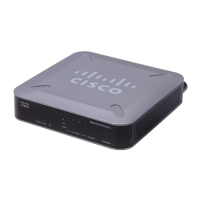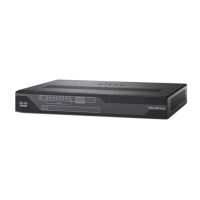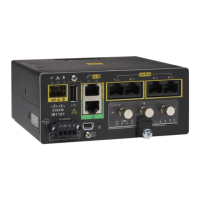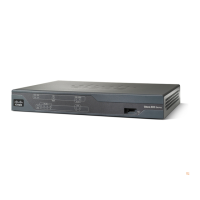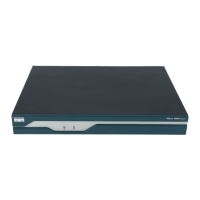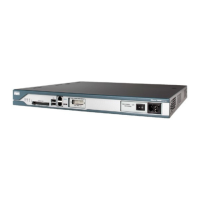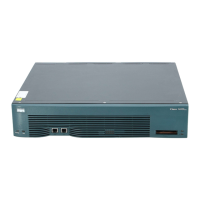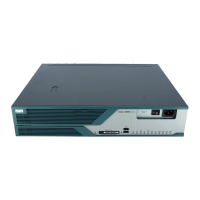3
Once the packet reaches the designated interface or VLAN on ASR9K, it is forwarded to the outside VRF
either through static routing or ACL-based forwarding (ABL). Based on this routing decision, the packet
is forwarded to the App SVI that is bound to the VRF.
4
The packet is forwarded by App SVI2 through a default static route. The destination address and the port
are mapped to the translated address.
5
The ISM applies NAT64 to the packet. The CGN determines the destination address from the FIB Look
Up. It pushes the packet to the egress port.
6
The packet is then forwarded to the egress port on the interface through App SVI2. Then the packet is sent
to the private network through the inside VRF.
7
The packets that do not need the address translation can bypass the App SVI and can be forwarded to the
destination through a different static route and a different egress port.
Double NAT 444
The Double NAT 444 solution offers the fastest and simplest way to address the IPv4 depletion problem
without requiring an upgrade to IPv6 anywhere in the network. Service providers can continue offering new
IPv4 customers access to the public IPv4 Internet by using private IPv4 address blocks, if the service provider
is large enough; However, they need to have an overlapping RFC 1918 address space, which forces the service
provider to partition their network management systems and creates complexity with access control lists
(ACL).
Double NAT 444 uses the edge NAT and CGN to hold the translation state for each session. For example,
both NATs must hold 100 entries in their respective translation tables if all the hosts in the residence of a
subscriber have 100 connections to hosts on the Internet). There is no easy way for a private IPv4 host to
communicate with the CGN to learn its public IP address and port information or to configure a static incoming
port forwarding.
Address Family Translation
The IPv6-only to IPv4-only protocol is referred to as address family translation (AFT). The AFT translates
the IP address from one address family into another address family. For example, IPv6 to IPv4 translation is
called NAT 64 or IPv4 to IPv6 translation is called NAT 46.
Cisco Carrier NAT Applications
These applications are deployed on the CGSE line card.
IPv4/IPv6 Stateless Translator
IPv4/IPv6 Stateless Translator (XLAT), which runs on the CRS Carrier Grade Services Engine (CGSE),
enables an IPv4-only endpoint that is situated in an IPv4-only network, to communicate with an IPv6-only
end-point that is situated in an IPv6-only network. This like-to-unlike address family connectivity paradigm
provides backwards compatibility between IPv6 and IPv4.
Cisco IOS XR Carrier Grade NAT Configuration Guide for the Cisco CRS Router, Release 5.2.x
14 OL-32659-01
Implementing Carrier Grade NAT on Cisco IOS XR Software
Double NAT 444

